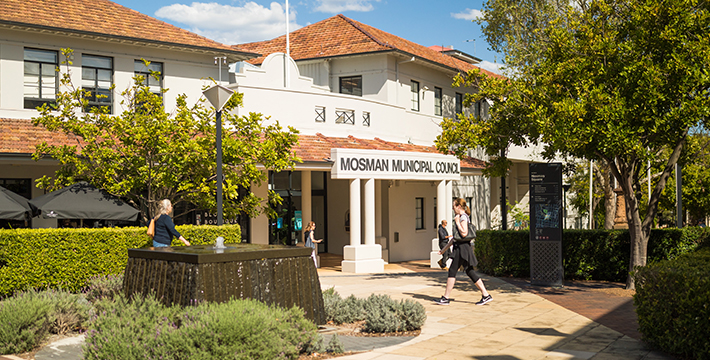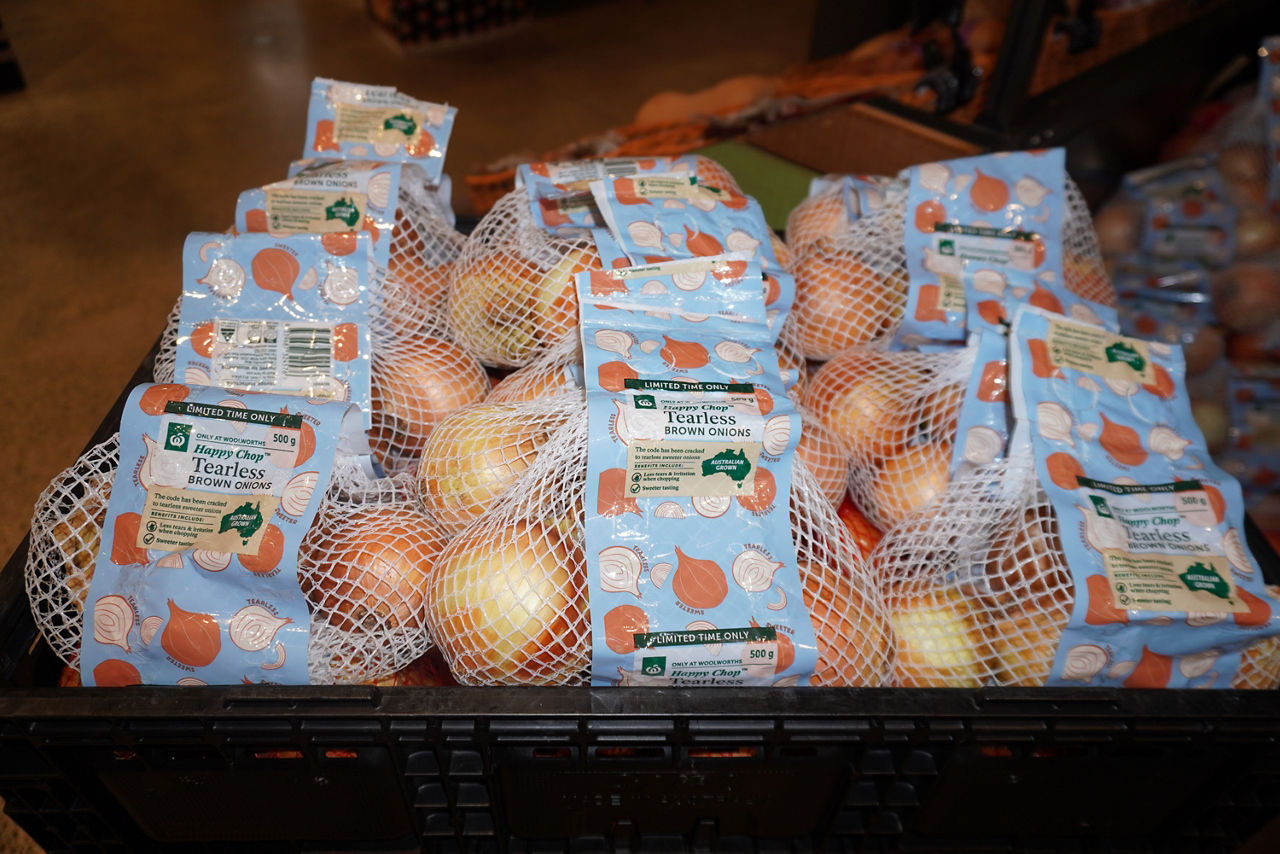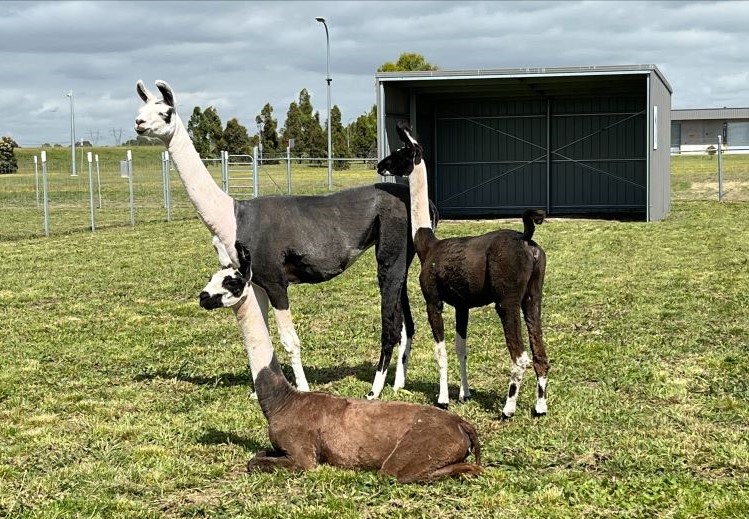Seven nations have worked to overcome the vast distances of the Indo-Pacific during Exercise Mobility Guardian.
The exercise involved more than 3000 participants from Australia, Canada, France, Japan, the United Kingdom, the United States and New Zealand.
Normally conducted within the United States, this year’s exercise spanned an area from Tokyo to Townsville, and Darwin to Hawaii.
The goal was to deploy across the Indo-Pacific and deliver the mobilisation, deployment and sustainment functions required by the joint force.
This included air-to-air refuelling, strategic airlift, and airdrop missions – through to aeromedical evacuation (AME), search and rescue, and humanitarian assistance.
Major General Darren Cole with the United States Air Force’s Air Mobility Command (AMC) was the Exercise Director.
“The success of the joint force requires a capable and integrated mobility Air Force that has the ability to rapidly deploy and employ in contested, degraded and operationally limited environments,” Major General Cole said.
“Through Mobility Guardian, we have [had] the opportunity to become a more tightly integrated force, refining how we all operate, making our mission one and the same.”
Aircraft arrived from around the globe – including a Royal Air Force A400M that landed in Guam after a non-stop flight from its base outside London, aided by three in-flight refuellings.
At RAAF Bases Darwin and Townsville, 13 Squadron and 27 Squadron projected United States Air Force tanker and transport aircraft on missions to faraway airspace.
A RAAF contingent at Andersen Air Force Base in Guam included a C-130J Hercules, C-17A Globemaster III and AME teams.
Flight Lieutenant Peter Spearman led a RAAF C-17A contingent from 36 Squadron.
“The main objective of the exercise was to practise interoperability and coalition planning within the Indo-Pacific,” Flight Lieutenant Spearman said.
“Everyone operating on different procedures and aircraft types made it a challenge, but when it all came together during the mission, it made it more satisfying.”
Interfly arrangements – whereby RAAF and United States Air Force (USAF) C-17A aircrew serve on each other’s aircraft – were conducted on the exercise.
“This is the first time that RAAF and United States Air Force AMC C-17As have conducted interfly together, although we have conducted this with United States Pacific Air Forces,” Flight Lieutenant Spearman said.
“It was very successful. It took a bit of work pre-exercise, but the interfly flights with loadmasters and pilots were conducted successfully between RAAF and USAF C-17As.
“We also conducted maintenance interoperability, with a RAAF C-17A maintenance team working with AMC to conduct maintenance on their aircraft.”
Flying Officer Tyrone Osborn is a combat systems officer with 37 Squadron, and deployed to Guam with the Hercules.
“We flew AME scenarios, search and rescue, and a mass airdrop mission amongst a large formation of airlift aircraft,” Flying Officer Osborn said.
“I’ve found Mobility Guardian to be an incredible opportunity not only for myself but for the RAAF, to have this opportunity to interact with all of these nations.
“It’s great to see how all these different nations operate and run.”
The exercise’s multinational fleet included C-130s, A400Ms and C-17A Globemasters; as well as KC-135 and KC-46A tankers, and A330 Multi-Role Tanker Transports.
Each aircraft brought unique capabilities to Exercise Mobility Guardian missions, but the human element was perhaps the most important training outcome.
“Some of the things that we’ve learned are [about] the interactions with people – relying on people, meeting new people, asking favours and doing the same for them,” Flying Officer Osborn said.
“Planning is key – especially in this sort of environment where we’ve got bilingual partners or missions with many nations, interoperability between us is really important.
“One of our captains was lead planner on one of the mass airdrops. He was herding everyone together and we achieved mission success, and he can now take those learning points back to our squadron.”
Flying Officer Alyssa Collins, a nursing officer with 3 AME Squadron, said the experience of Exercise Mobility Guardian will aid future operations.
“As we see in Australia, we have natural disasters like fires and floods, and the ADF links in with civilian agencies there,” Flying Officer Collins said.
“Coming here to Mobility Guardian helps us to strengthen those relationships [with other nations] so that we can provide that assistance within the Indo-Pacific if and when required.
“Learning the differences that we have in our team dynamics helps us to understand how we’re going to integrate together if we’re to fly AME missions together.”
For Flying Officer Collins, the exercise was her first time working overseas with other nations on AME missions.
“I’ve had a great time working with our partner air forces,” Flying Officer Collins said.
“Bringing in all the forces together and getting to see their dynamics and teams is a fantastic experience for myself and our squadron.
“We’ve learned a lot – we’re very keen to integrate as much as possible so that we’ve got that seamless process so that we’re ready if and when required.”








